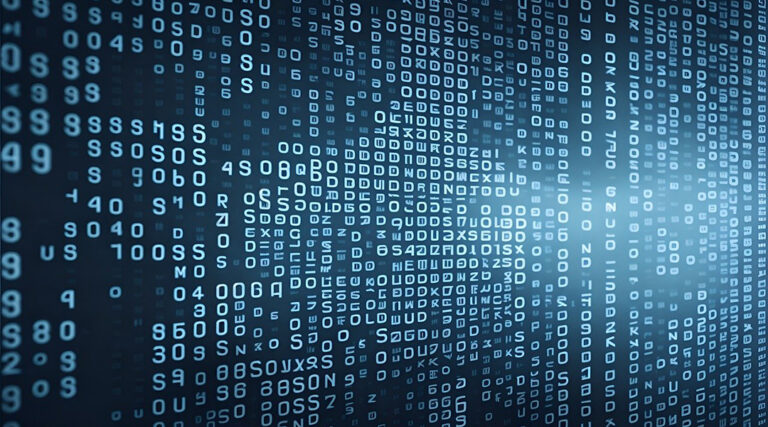Scientists propose an enhancement to the BabyIAXO axion detector, paving the way for an intensified search for elusive dark matter particles.
In a recent study, an international team of physicists have proposed a way to enhance the sensitivity of the BabyIAXO axion detector currently under development. This facility will be used to search for these theoretical particles, which are considered promising candidates for dark matter.
The existence of dark matter was revealed through numerous astronomical observations, which indicated that the observed amount of ordinary matter was not enough to explain the trajectories of stars and galaxies in our universe. It got its name because it does not emit, absorb, or reflect light — making it difficult to detect.
Though there should be about five times more dark matter in the Universe than ordinary matter, physicists have not yet been able to detect the elementary particles that make it up, prompting them to consider various exotic candidates that interact very weakly with other particles.
Axions as candidates for dark matter
One of the most interesting and actively studied is the axion. “The axion is a hypothetical particle that would extend the Standard Model of particle physics, solving some open questions in fundamental physics, such as the charge-parity problem in the theory of strong interactions called quantum chromodynamics,” explained Cristian Cogollos of the Max Planck Institute for Physics in Germany, a lead author of the study, in an email.
“Axions are very light particles that could have been produced massively in the early stages of the Universe, and after cooling down, they could easily account for the current dark matter density,” he continued.
Although dark matter consisting of axions is an interesting hypothesis, the weakness of their interaction with ordinary matter makes any experimental searches for them a very challenging problem. However, it is believed that there is an interaction through which they can be observed. According to theoretical predictions, an axion should convert into a photon, the elementary components of light, in a strong magnetic field.
“The axion is a very weakly interacting dark matter candidate, so this requires axion detection experiments to deal with cryogenic [cold] environments for noise reduction and strong magnetic fields for increasing axion to photon conversion,” said Cogollos.
“Furthermore, one of the main challenges for dark matter axion detection is the lack of knowledge about its precise mass,” he continued. “Different theoretical models predict certain mass ranges as more favorable than others, but we don’t have a preferred axion mass for targeting our searches. This imposes the need for these dark matter axion experiments to be tuneable for different masses while maximizing their sensitivity for the whole explored range.”
Sprucing up the BabyIAXO detector
There are many axion detectors around the globe, the most well-known of which are ADMX and HAYSTAC in the US and CAST in Switzerland, but so far none of them have yielded positive results.
To advance the search for axions, the physics community has proposed a next-generation detector called the International Axion Observatory, or IAXO for short, which would have much greater sensitivity. This facility is expected to be very complex and expensive, so scientists decided to first build a simplified version called BabyIAXO to test the technologies that will then be implemented in IAXO.
“BabyIAXO is a large-scale axion helioscope, a telescope designed for searching axions originated in the Sun, currently under development and proposed to be installed at DESY in Hamburg,” explained Cogollos. “BabyIAXO features a magnet with two 10m long and 70cm diameter bores with a mostly homogenous, very strong magnetic field. The large volume of BabyIAXO increases substantially the sensitivity of the experiment in comparison to others.”
Physicists believe this experiment will allow them to detect an axion if its mass is in the roughly 0.01 to 1 electronvolt range, which is orders of magnitude lighter than an electron, weighing about a million electronvolts.
However, to be a valid candidate for being the constituent of dark matter, and not just to solve certain problems in quantum chromodynamics, the axion would need to be even lighter, so Cogollos and his colleagues proposed a way to modify BabyIAXO to lower the limit of the axion’s detectable mass.
According to a study published in Annalen der Physik, this is possible by complementing the BabyIAXO facility with special resonant cavities placed in the bores of the magnets, which amplify the signal if the axion mass is millions or even billions of times less than the mass that the BabyIAXO was originally designed to search for.
“We showed the feasibility of implementing two different types of axion dark matter detectors in the future BabyIAXO experiment,” explained Cogollos. “Electromagnetic resonant cavities targeting the region of micro-electronvolt axion masses and resonant circuit-based detectors that could extend the search down to the nano-electronvolt region.”
The study has been very well received in the scientific community, so the team believes that their proposal will be implemented in future experiments. This will help in finding answers to the most fundamental questions in cosmology and particle physics that the detection of the axion can provide.
“The current overlook appears very promising; some of the authors were recently awarded one of the prestigious Synergy grants from the European Research Council for a project with the name ‘DarkQuantum: Quantum Technologies for Axion Dark Matter Search’ with the development of quantum technologies for BabyIAXO as one of its main goals,” concluded Cogollos.
Reference: Saiyd Ahyoune et al, A Proposal for a Low-Frequency Axion Search in the 1–2 eV Range and Below with the BabyIAXO Magnet, Annalen der Physik (2023) DOI: 10.1002/andp.202300326
Feature image credit: Placidplace on Pixabay












+ There are no comments
Add yours